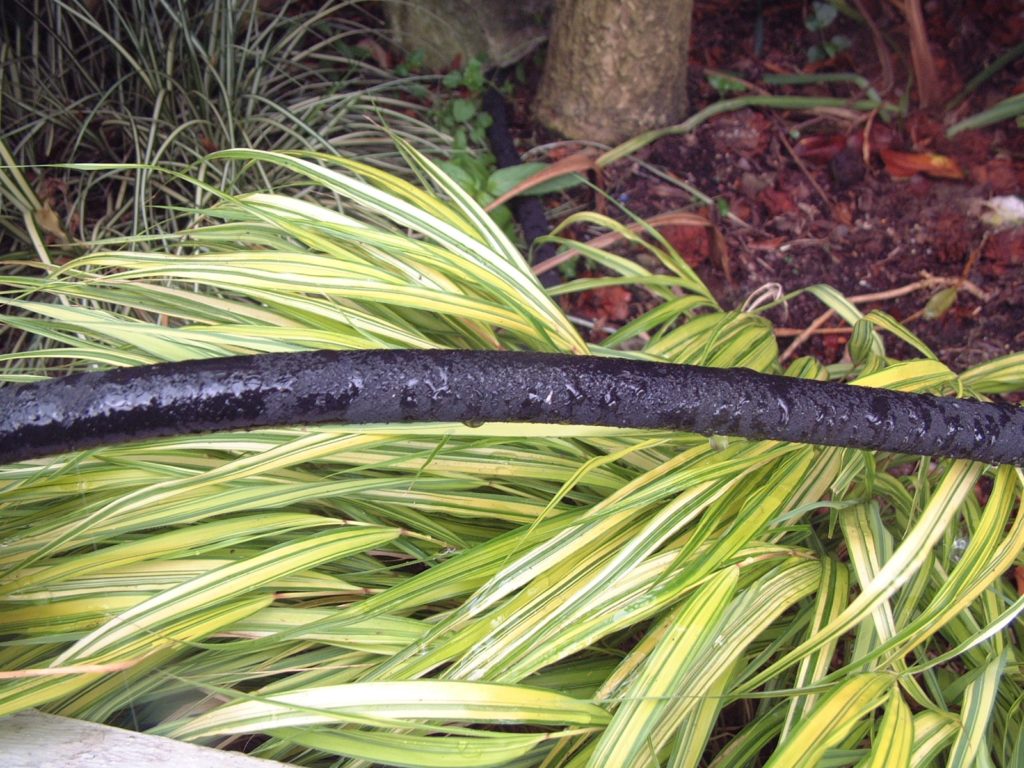THE whole point of making a flower garden is that it gives pleasure.
This became painfully evident during the lockdown stages of Covid-19, which continue as I write.
But it is idiotic and unnecessary to let the garden become a tyrant, a martinet - which it can - and you to be its self-appointed slave.
The overly keen gardener, the slave to work and more work, may enjoy a nurse-patient relationship with tender and difficult plant,s but most of us I think prefer a give-and-take relationship.
This allows us to choose from hundreds of consistently rewarding plants which rarely go wrong (provided they're given a little sensible treatment) and it also means we can pick our tasks and chores (and the time at which we do them) as we wish.
That is, until it comes to watering.
Watering by artificial means becomes essential when we experience drought conditions.
A dry spell becomes a drought when no reasonable rain has fallen for 14 days.
This change of name has little significance for the gardener as a light sprinkling of rain during a dry fortnight stops it being a drought, but it hardly makes any difference to the garden.
There is no shortcut to watering pots and containers, baskets, and window boxes when drought conditions arrive.
Even when there is no drought, the gardener will have to water each and every pot daily. And when it does rain, they must still be watered for their foliage can act like an umbrella, shedding water as fast as it falls.
 A seep hose is a good investment
A seep hose is a good investmentArtificial watering can be done with hosepipe or watering can but with either it is tiring and time-consuming to say the least.
Getting help with the watering of beds and borders is an easier matter so years ago I invested in some ’leaky’ hoses otherwise known as ‘seep’ hoses (see illustration).
The best of these are made with a kind of porous rubber so that water seeps out along its whole length. These are bought in kit form and consist of a suitable length of porous hose, joiners, diverters, and end stops.
Cheaper are the plastic seep hoses which can be just as effective, but care must be taken to avoid kinking and distortion of any kind.
Both are easy to set in place and whilst one is advised to bury them an inch or so deep, I have left them on the soil surface.
In my border, foliage soon covered them. The real beauty about seep hoses is that water is neither wasted through run-off or over application. This is because the rate of flow is greatly reduced (taps need but a quarter turn to the ‘on’ position) making for considerable savings.
Warning! Should hose-pipe bans be announced seep hoses will come under the rules and regulations and should not be used.

